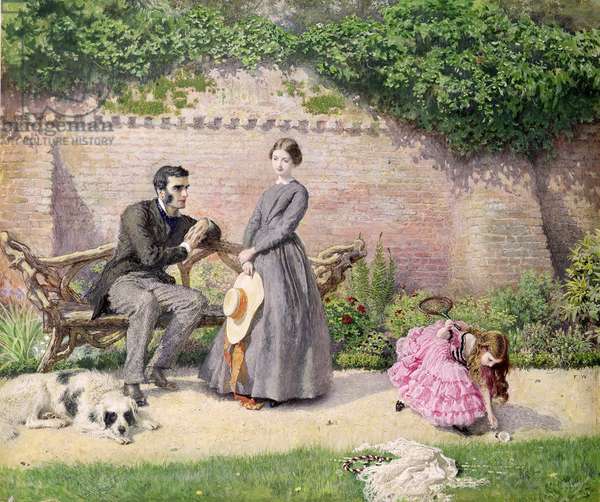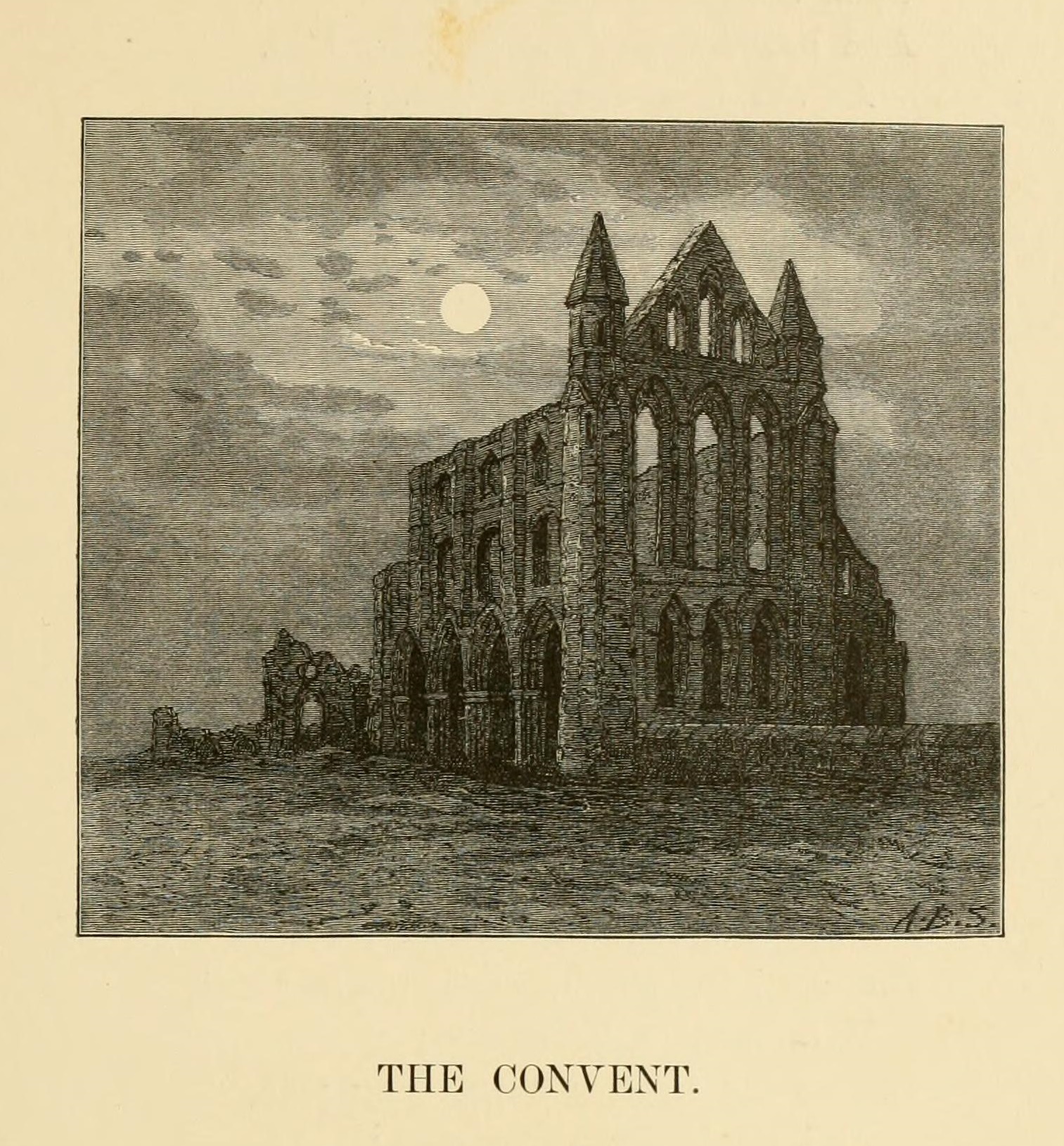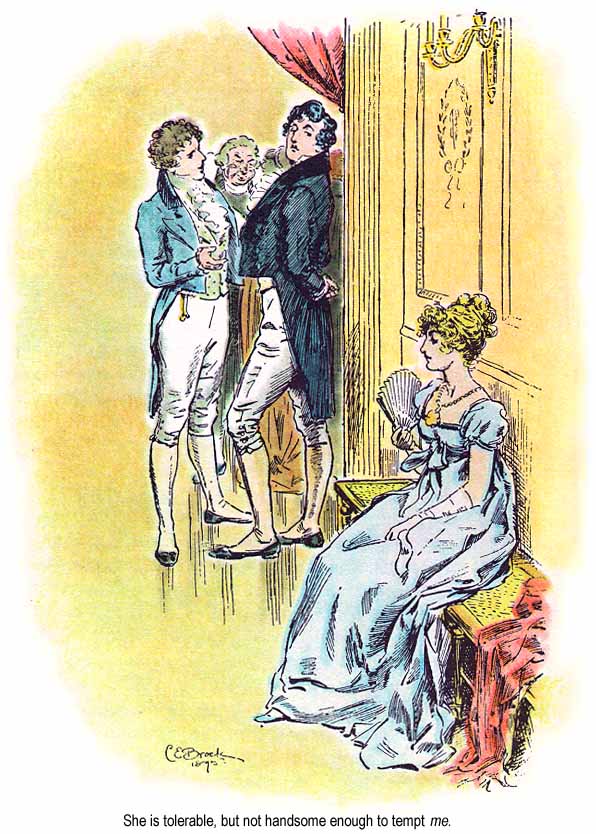|
Jane Eyre
''Jane Eyre'' ( ; originally published as ''Jane Eyre: An Autobiography'') is a novel by the English writer Charlotte Brontë. It was published under her pen name "Currer Bell" on 19 October 1847 by Smith, Elder & Co. of London. The first American edition was published in January 1848 by Harper & Brothers of New York. ''Jane Eyre'' is a bildungsroman that follows the experiences of its Jane Eyre (character), eponymous heroine, including her growth to adulthood and her love for Mr Rochester, the brooding master of Thornfield Hall. The novel revolutionised prose fiction, being the first to focus on the moral and spiritual development of its protagonist through an intimate first-person narrative, where actions and events are coloured by a psychological intensity. Charlotte Brontë has been called the "first historian of the private consciousness" and the literary ancestor of writers such as Marcel Proust and James Joyce. The book contains elements of social criticism with a ... [...More Info...] [...Related Items...] OR: [Wikipedia] [Google] [Baidu] |
Jane Eyre (character)
Jane Eyre is the fictional heroine and the titular protagonist in Charlotte Brontë's 1847 Jane Eyre, novel of the same name. The story follows Jane's infancy and childhood as an orphan, her employment first as a teacher and then as a governess, and her Romance novel, romantic involvement with her employer, the mysterious and moody Edward Rochester. Jane is noted by critics for her dependability, strong mindedness, and individualism. The author deliberately created Jane as an unglamorous figure, in contrast to conventional heroines of fiction, and possibly part-autobiographical. Jane is a popular literary figure due to critical acclaim by readers for the impact she held on romantic and feminist writing. The novel has been adapted into a number of other forms, including theatre, film and television. Development Jane Eyre is an orphan living with her maternal uncle and his wealthy wife, Mrs. Reed. After Mr. Reed's death, his wife is left to care for Jane. Jane is mistreated by her ... [...More Info...] [...Related Items...] OR: [Wikipedia] [Google] [Baidu] |
Mr Rochester
Edward Fairfax Rochester (often referred to as Mr Rochester) is a character in Charlotte Brontë's 1847 novel ''Jane Eyre''. The brooding master of Thornfield Hall, Rochester is the employer and eventual husband of the novel's titular protagonist, Jane Eyre. He is regarded as an archetypal Byronic hero. In ''Jane Eyre'' Edward Rochester is the oft-absent master of Thornfield Hall, where Jane Eyre is employed as a governess to his young ward, Adèle Varens. Jane first meets Rochester while on a walk, when his horse slips and he injures his foot. He does not reveal to Jane his identity and it is only that evening back at the house that Jane learns he is Mr Rochester. Rochester and Jane are immediately interested in each other. She is fascinated by his rough, dark appearance as well as his abrupt manner. Rochester is intrigued by Jane's strength of character, comparing her to an elf or sprite and admiring her unusual strength and stubbornness. The two quickly become friends ... [...More Info...] [...Related Items...] OR: [Wikipedia] [Google] [Baidu] |
Charlotte Brontë
Charlotte Nicholls (; 21 April 1816 – 31 March 1855), commonly known as Charlotte Brontë (, commonly ), was an English novelist and poet, the eldest of the three Brontë family, Brontë sisters who survived into adulthood and whose novels became classics of English literature. She is best known for her novel ''Jane Eyre'', which she published under the male pseudonym Currer Bell. ''Jane Eyre'' went on to become a success in publication, and is widely held in high regard in the gothic fiction genre of literature. Brontë enrolled in school at Roe Head, Mirfield, in January 1831, aged 14 years. She left the year after to teach her sisters, Emily Brontë, Emily and Anne Brontë, Anne, at home, then returned to Roe Head in 1835 as a teacher. In 1839, she undertook the role of governess for the Sidgwick family, but left after a few months. The three sisters attempted to open a school in Haworth but failed to attract pupils. Instead, they turned to writing; they each first publ ... [...More Info...] [...Related Items...] OR: [Wikipedia] [Google] [Baidu] |
Social Criticism
Social criticism is a form of academic or journalistic criticism focusing on social issues in contemporary society, in respect to perceived injustices and power relations in general. Social criticism of the Enlightenment The origin of modern social criticism go back at least to the Age of Enlightenment. According to the historian Jonathan Israel the roots of the radical enlightenment can be found in Spinoza and his circle. Radical enlighteners like Jean Meslier were not satisfied with the social criticism of the time, which was essentially a criticism of religion. The focus of his criticism was the suffering of the peasants. In addition, there was also a criticism of civilization for religious reasons, such as that which emanated from the Quakers in England. Jean-Jacques Rousseau developed a social criticism in his political philosophy which influenced the French Revolution andin his pedagogy. Academic forms The positivism dispute between critical rationalism, e.g. between ... [...More Info...] [...Related Items...] OR: [Wikipedia] [Google] [Baidu] |
Marmion (poem)
''Marmion: A Tale of Flodden Field'' is a historical romance in verse of 16th-century Scotland and England by Sir Walter Scott, published in 1808. Consisting of six cantos, each with an introductory epistle, and copious antiquarian notes, it concludes with the Battle of Flodden in 1513. Background The introductory epistle to the first canto of ''Marmion'' is internally dated November, and there is no reason to doubt that it was written in that month of 1806. At this time Scott was entering into correspondence with the Durham antiquary Robert Surtees, and in December they discussed the account given by Robert Lindsay of Pitscottie of the supernatural summons of James IV and several of his nobles to appear before Pluto, which Scott uses in the fifth canto: Scott refers to his developing poem, so it is clear that the overall shape of the work was clear from the outset. Moreover, Surtees sent Scott two forgeries of his own, an account in Latin of a ghostly combat and a ballad, b ... [...More Info...] [...Related Items...] OR: [Wikipedia] [Google] [Baidu] |
George III
George III (George William Frederick; 4 June 173829 January 1820) was King of Great Britain and King of Ireland, Ireland from 25 October 1760 until his death in 1820. The Acts of Union 1800 unified Kingdom of Great Britain, Great Britain and Kingdom of Ireland, Ireland into the United Kingdom of Great Britain and Ireland, with George as its king. He was concurrently Duke and Prince-elector of Electorate of Hanover, Hanover in the Holy Roman Empire before becoming King of Hanover on 12 October 1814. He was the first monarch of the House of Hanover who was born in Great Britain, spoke English as his first language, and never visited Hanover. George was born during the reign of his paternal grandfather, George II of Great Britain, King George II, as the first son of Frederick, Prince of Wales, and Princess Augusta of Saxe-Gotha. Following his father's death in 1751, Prince George became heir apparent and Prince of Wales. He succeeded to the throne on George II's death in 1760. Th ... [...More Info...] [...Related Items...] OR: [Wikipedia] [Google] [Baidu] |
William Makepeace Thackeray
William Makepeace Thackeray ( ; 18 July 1811 – 24 December 1863) was an English novelist and illustrator. He is known for his Satire, satirical works, particularly his 1847–1848 novel ''Vanity Fair (novel), Vanity Fair'', a panoramic portrait of British society, and the 1844 novel ''The Luck of Barry Lyndon'', which was Barry Lyndon, adapted for a 1975 film by Stanley Kubrick. Thackeray was born in Calcutta, British India, and was sent to England after his father's death in 1815. He studied at various schools and briefly attended Trinity College, Cambridge, before leaving to travel Europe. Thackeray squandered much of his inheritance on gambling and unsuccessful newspapers. He turned to journalism to support his family, primarily working for ''Fraser's Magazine'', ''The Times'', and ''Punch (magazine), Punch''. His wife Isabella suffered from mental illness. Thackeray gained fame with his novel ''Vanity Fair'' and produced several other notable works. He unsuccessfully ran f ... [...More Info...] [...Related Items...] OR: [Wikipedia] [Google] [Baidu] |
Three-volume Novel
The three-volume novel (sometimes three-decker or triple decker) was a standard form of publishing for British fiction during the nineteenth century. It was a significant stage in the development of the modern novel as a form of popular literature in Western culture. History An 1885 cartoon from the magazine ''Punch'', mocking the clichéd language attributed to three-volume novels Three-volume novels began to be produced by the Edinburgh-based publisher Archibald Constable in the early 19th century. Constable was one of the most significant publishers of the 1820s and made a success of publishing expensive, three-volume editions of the works of Walter Scott Sir Walter Scott, 1st Baronet (15 August 1771 – 21 September 1832), was a Scottish novelist, poet and historian. Many of his works remain classics of European literature, European and Scottish literature, notably the novels ''Ivanhoe'' (18 ...; the first was Scott's historical novel ''Kenilworth'', published in 1 ... [...More Info...] [...Related Items...] OR: [Wikipedia] [Google] [Baidu] |
The Big Read
The Big Read was a survey on books that was carried out by the BBC in the United Kingdom in 2003, when over three-quarters of a million votes were received from the British public to find the nation's best-loved novel. The year-long survey was the biggest single test of public reading taste to date, and culminated with several programmes hosted by celebrities advocating their favourite books. Purpose The BBC started the Big Read with the goal of finding the "Nation's Best-loved Novel" by way of a viewer vote via the Web, SMS, and telephone. The show attracted controversy for adopting an allegedly Sensationalism, sensationalist approach to literature, but supporters praised it for raising the public awareness of reading. The British public voted originally for any novel that they wished.Book awards: BBC's Big Read - L ... [...More Info...] [...Related Items...] OR: [Wikipedia] [Google] [Baidu] |
Pride And Prejudice
''Pride and Prejudice'' is the second published novel (but third to be written) by English author Jane Austen, written when she was age 20-21, and later published in 1813. A novel of manners, it follows the character development of Elizabeth Bennet, the protagonist of the book, who learns about the repercussions of hasty judgments and comes to appreciate the difference between superficial goodness and actual goodness. Her father Mr Bennet, owner of the Longbourn estate in Hertfordshire, has five daughters, but his property is entailed and can only be passed to a male heir. His wife lacks an inheritance, so his family faces becoming poor upon his death. Thus, it is imperative that at least one of the daughters marry well to support the others, which is a primary motivation driving the plot. ''Pride and Prejudice'' has consistently appeared near the top of lists of "most-loved books" among literary scholars and the reading public. It has become one of the most popular nov ... [...More Info...] [...Related Items...] OR: [Wikipedia] [Google] [Baidu] |
Jane Austen
Jane Austen ( ; 16 December 1775 – 18 July 1817) was an English novelist known primarily for #List of works, her six novels, which implicitly interpret, critique, and comment on the English landed gentry at the end of the 18th century. Austen's plots often explore the dependence of women on marriage for the pursuit of favourable social standing and economic security. Her works are implicit critiques of the sentimental novel, novels of sensibility of the second half of the 18th century and are part of the transition to 19th-century literary realism. Her use of social commentary, realism, wit, and irony have earned her acclaim amongst critics and scholars. Austen wrote major novels before the age of 22, but she was not published until she was 35. The anonymously published ''Sense and Sensibility'' (1811), ''Pride and Prejudice'' (1813), ''Mansfield Park'' (1814), and ''Emma (novel), Emma'' (1816) were modest successes, but they brought her little fame in her lifetime. ... [...More Info...] [...Related Items...] OR: [Wikipedia] [Google] [Baidu] |
Feminism
Feminism is a range of socio-political movements and ideology, ideologies that aim to define and establish the political, economic, personal, and social gender equality, equality of the sexes. Feminism holds the position that modern societies are patriarchal—they prioritize the male point of view—and that women are treated unjustly in these societies. Efforts to change this include fighting against gender stereotypes and improving educational, professional, and interpersonal opportunities and outcomes for women. Originating in late 18th-century Europe, feminist movements have campaigned and continue to campaign for women's rights, including the right to Women's suffrage, vote, Nomination rules, run for public office, Right to work, work, earn gender pay gap, equal pay, Right to property, own property, Right to education, receive education, enter into contracts, have equal rights within marriage, and maternity leave. Feminists have also worked to ensure access to contr ... [...More Info...] [...Related Items...] OR: [Wikipedia] [Google] [Baidu] |










